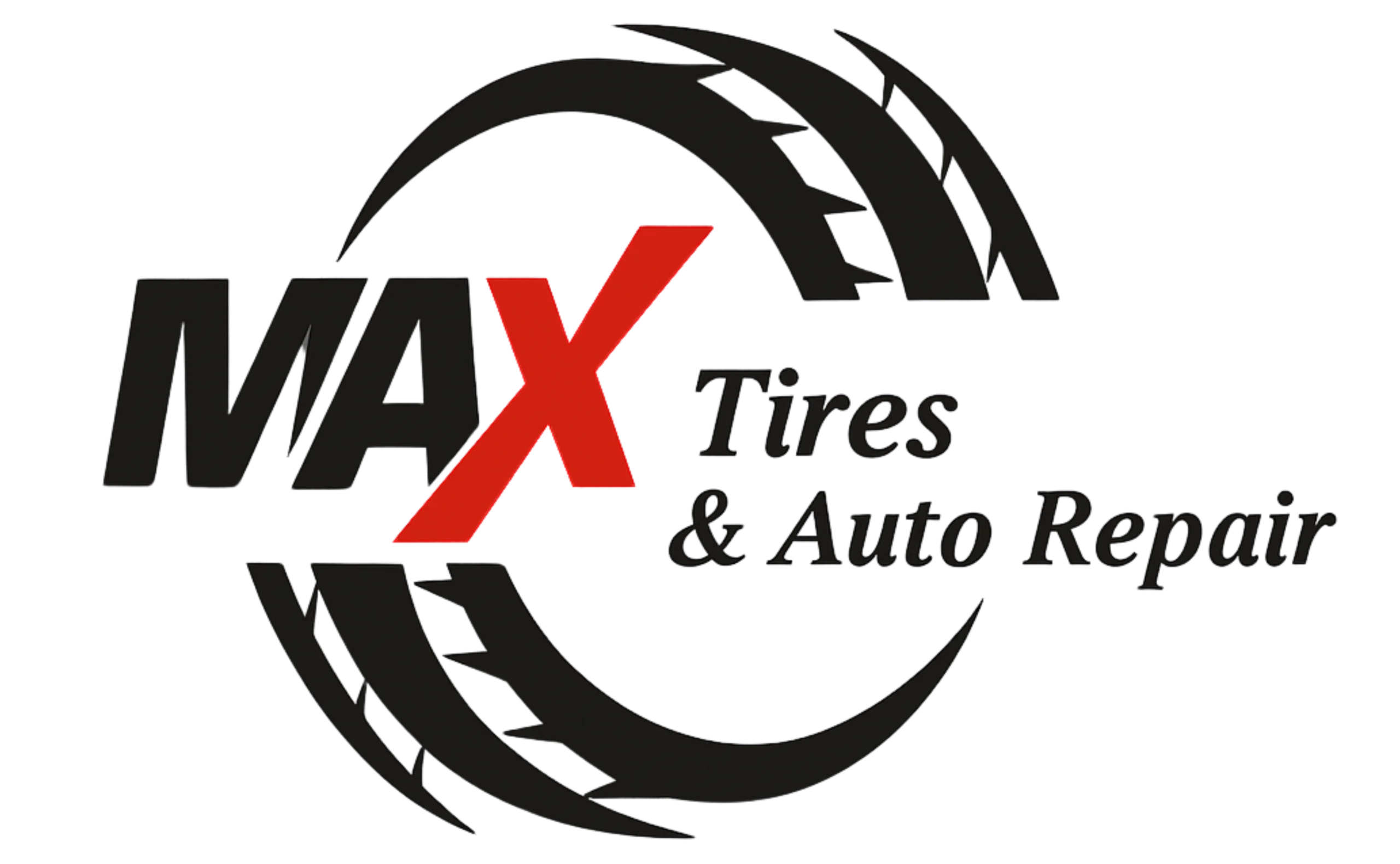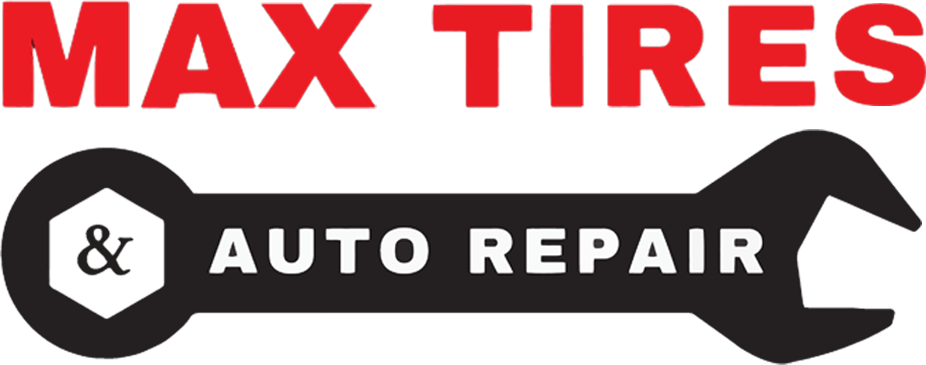Introduction
You’re driving straight on Truxel, hands relaxed on the wheel, and your car keeps drifting to the right like it has a secret plan. Annoying. A little scary too. Good news. Most pulling problems come from a few common issues you can check and fix without drama.
In this guide we’ll keep it simple. We’ll show you how to spot the cause, what you can try at home, and when to visit a shop for steering repair in Natomas. We’ll also share a quick local story and finish with a clear next step if you want a pro to handle it.
First, the quick checks
Before you imagine worst case stuff, try these easy wins.
1) Tire pressure
Uneven tire pressure from left to right is the most common reason a car pulls. Check all four tires when they’re cold and match them to the sticker inside the driver’s door. Proper pressure helps the car roll straight, improves handling, and keeps the Tire Pressure Monitoring System light off.
2) Tread wear patterns
Look at the tread. If one tire is worn on the inside or outside edge, that points to wheel alignment issues. If you see bumpy “cups” around the tread, that can be suspension problems or a balancing issue. One-sided wear often means the wheels aren’t aligned. Cupping can come from worn shocks or unbalanced tires.
3) Road crown and wind
On some streets the pavement slopes to the right to drain water. Light cars can drift a bit. If the pull is strong or happens on every road, keep reading.
Tires and pulling issues
Uneven tire pressure
A small left-right pressure mismatch can nudge the car off course. Keep pressures even and at the vehicle spec. This also saves gas. In fact, underinflated tires can lower fuel economy by about 0.2 percent for every 1 psi drop across all four tires. That adds up over time.
Uneven tread wear
Wear patterns tell a story. One-sided wear usually means alignment trouble. Cupping suggests worn shocks or out-of-balance wheels. Feathered edges can point to toe angle problems. A tire pro can confirm which and help you decide between wheel alignment, tire balancing, or suspension repair in Natomas.
Rotation and balancing
Regular tire rotation helps even out wear. Tire balancing fixes small weight differences in the wheel and tire so your ride feels smooth instead of shaky. Alignment and balancing are different jobs. Alignment sets the angles of the wheels. Balancing smooths out vibrations by adding weights. You may need one or both.
Brakes and pulling issues
If the car pulls when you brake, think brakes first.
Sticking brake caliper
A caliper that sticks can grab harder on one side, so the car yanks that way. You might also smell something hot or see more brake dust on that wheel. A shop can free or replace the caliper and check the brake hose.
Uneven brake pad wear or fluid problems
Pads that are thinner on one side will make the car drift during stops. Contaminated or old brake fluid can also mess with braking force. If you notice longer stopping distances, squealing, or the pedal feels odd, schedule brake service in Natomas soon.
Wheel alignment issues
Alignment sets three angles that help your car track straight.
- Camber is the tilt of the wheel when viewed from the front
- Toe is whether the fronts of the tires point slightly in or out
- Caster is the angle of the steering pivot that helps the wheel self-center
If these are off, you get pulling, crooked steering wheels, and uneven wear. A four wheel alignment adjusts those angles to factory specs. Signs of bad alignment include a pull, a steering wheel that isn’t centered on a straight road, and wear patterns on the edges of your tires.
Alignment vs balancing
Quick recap. Alignment sets angles for straight tracking and long tire life. Balancing smooths vibration by evening out weight around each wheel. Different tools. Different benefits. Many Natomas drivers need both to solve pulling and vibration in one visit.
Suspension and steering system issues
If tires and brakes check out, look at the suspension and steering.
Worn parts
Ball joints, control arms, and bushings keep your wheels pointed where you aim. When they wear, the wheel can shift a little while driving. That gives you play in the steering and can cause the car to wander. Cupped wear often points to weak shocks or struts too.
Power steering fluid levels
Low power steering fluid leads to heavy steering, growling noises, and poor assist. Leaks are common with age. Top up only if you know the right fluid, then have a tech find the leak. Low fluid will not usually cause a steady pull by itself, but it makes steering feel unsafe.
Safety note
Underinflated tires and weak components can hurt handling in sudden moves. In quick lane changes, low tire pressure reduces stiffness and can lead to poor control. Stay on top of pressure and repairs.
Torque steer explained
If you drive a front wheel drive car and it pulls only when you floor the gas, you might be feeling torque steer. That is when engine power tugs the steering during hard acceleration, often due to unequal driveshaft lengths or geometry. It is common in powerful FWD cars and feels like the steering wheel gets pulled from your hands for a second. If it happens all the time or gets worse, have a shop inspect the axles, engine mounts, and alignment.
DIY troubleshooting at home
You can’t replace control arms in your driveway easily, but you can do a few simple checks.
- Check tire pressure at home
Use a pocket gauge. Remove the valve cap. Press the gauge straight onto the stem until the hiss stops. Read the number and compare to the door sticker. Match left and right on each axle. - Simple alignment check
On a flat road, hold the wheel lightly at 20 to 30 mph. If the car drifts quickly to one side on multiple roads with equal pressure tires, you likely need an alignment. - Look for wear patterns
Shine your phone light across the tread. See one edge worn fast, or small scooped patches. Note which tire and bring a photo to the shop. - Brake feel
If the pull shows up only under braking, do not keep testing it. Book a brake inspection. A sticking caliper can overheat a rotor and make things worse. - Fluid level
If the steering feels heavy and groans when you turn, check the power steering fluid level with the engine off and cool. If low, top with the correct type and schedule a leak check.
A quick Natomas story
Alex lives near Natomas Park. After hitting a pothole on Gateway Park Blvd, their SUV started drifting right. Tire pressures were fine. We checked tread and saw one-sided wear on the front right tire. A four wheel alignment brought camber and toe back to spec. We also balanced all four tires and rotated them. The SUV tracked straight, the steering wheel sat level, and the “floating” feeling was gone. That is a very normal outcome for wheel alignment in Natomas.
When to call a pro
Call a certified mechanic if you notice any of these.
- The car pulls even after you set tire pressure
- It yanks to one side when you brake
- The wheel is off-center on a straight road
- You see uneven wear patterns
- The steering feels heavy or noisy
- You had a curb hit or a deep pothole
Shops that handle steering repair in Natomas can diagnose wheel alignment issues, tire balancing needs, brake problems, and suspension problems in one visit. Look for ASE Certified Mechanics and read customer reviews for local auto repair shops in Natomas so you know you are in good hands.
What to expect for service in Natomas
- Four wheel alignment to correct camber, toe, and caster
- Tire balancing to smooth vibrations
- Brake service if a caliper is sticking or pads are uneven
- Suspension repair for worn ball joints, control arms, shocks, or struts
- Steering system checks for leaks, low power steering fluid levels, or worn steering racks
If your car pulls hard, treat it like an emergency steering repair. It is safer to get it checked now than to fight the wheel on the freeway.
Conclusion
A car that pulls is telling you something. Start with tire pressure and a quick look at wear patterns. If the pull shows up while braking, think brakes. If the steering wheel is off-center or the tires show one-sided wear, think alignment. If the wheel feels heavy or noisy, think power steering fluid or leaks. And if the pull happens only when you punch the gas, that may be torque steer.
If you want a straight-shooting fix and friendly help in your neighborhood, bring your vehicle to Max Tires in Natomas. We handle steering fixes in Natomas every day, from fast wheel alignments and tire balancing to brake service and suspension repair. We will check your car, explain the plan in plain language, and get you back on a straight path.
Call or stop by Max Tires Natomas for a free pull check and alignment quote today.


